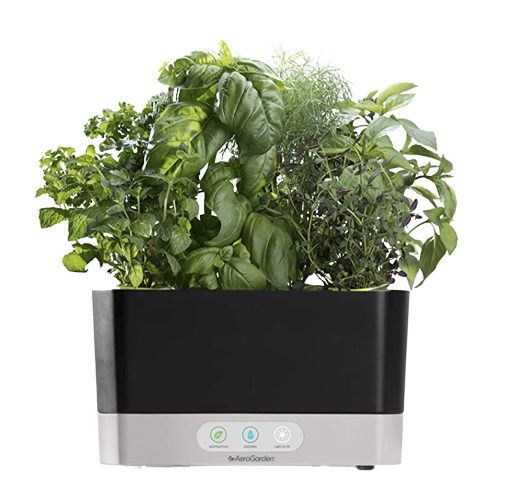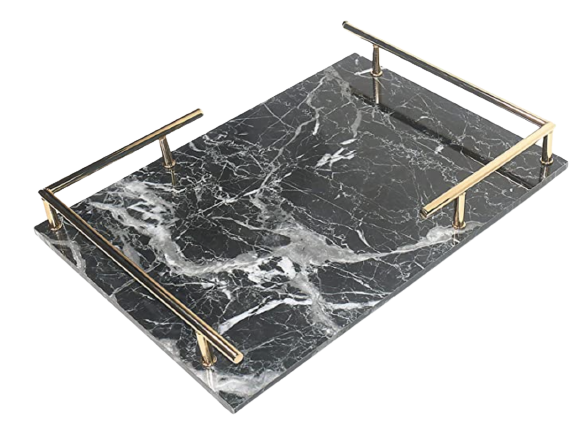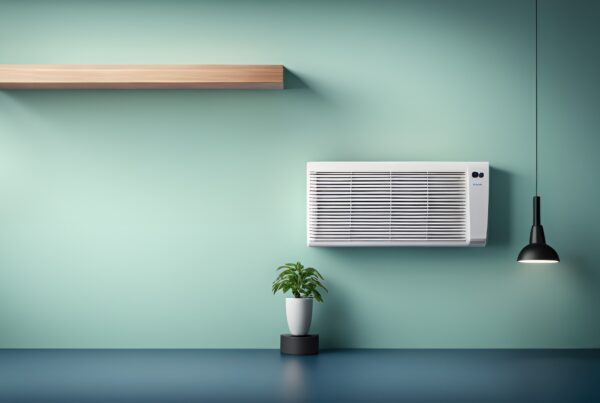Last Updated on April 10, 2024
Electric motors are the backbone of numerous household devices and systems in contemporary living environments. Despite their widespread application, from kitchen appliances to security systems, the principles and mechanics behind electric motors remain a mystery to many. This piece aims to shed light on the essential nature of electric motors, detailing their operational basics and underscoring their pivotal role within the home.
The journey into the world of electric motors begins with understanding their fundamental purpose: converting electrical energy into mechanical energy. This process is integral to the operation of myriad domestic gadgets and utilities. By comprehending electric motors’ core functions and variations, homeowners can better appreciate the devices that facilitate their daily routines and contribute to their comfort and convenience.
Understanding Electric Motors: The Basics
Electric motors are ingenious devices designed to transform electrical energy into mechanical energy. This transformation allows for motion and activity in various household appliances. All collections of electric motors, whether in kitchen appliances, cleaning tools, or personal gadgets, rely on this basic principle to operate effectively.
Primarily, two types of electric motors are utilized in the home: alternating current (AC) motors and direct current (DC) motors. The distinction between these types lies in their power source: AC motors operate on an alternating current (the standard electricity form in homes), whereas DC motors run on direct current. Each type has specific applications, with AC motors typically found in more robust systems like washing machines and HVAC units and DC motors more commonly used in smaller, portable devices.
Key Components Of Electric Motors
To fully grasp how electric motors function, it’s essential to become familiar with their main components:
- Stator: This static component generates a magnetic field in the motor. This field is dynamic in AC motors, changing with the alternating current. The stator’s role is pivotal in creating the environment necessary for motor operation.
- Rotor: The rotor, being the component that moves within the motor, plays an essential role. It’s positioned inside the stator and rotates, driving the motor’s shaft and, consequently, the attached device or appliance.
- Bearings: Bearings support the rotor, allowing it to spin freely within the motor’s frame. They’re critical for the smooth operation and longevity of the motor.
- Windings: Conductive wire coils, known as windings, are wrapped around the core of the stator or rotor. These windings carry the electric current, which interacts with the magnetic field to produce force and motion.
- Commutator And Brushes (Specific To DC Motors): These components work in tandem to reverse the direction of the electric current within the rotor. This process is essential for the continuous rotation of DC motors.
The Vital Role Of Electric Motors In Your Home
The significance of electric motors extends beyond mere functionality; they’re integral to the comfort, convenience, and efficiency of modern households.
Electric motors offer the following:
- Comfort And Convenience: From the cooling breeze of ceiling fans to the fresh laundry produced by washing machines, electric motors are the driving force behind many comforts and conveniences of contemporary life.
- Energy Efficiency: Advancements in electric motor technology have led to more energy-efficient designs. This evolution means that appliances with modern motors can perform the same tasks as older models while consuming less electricity, which benefits both the environment and household energy bills.
- Technological Advancement And Automation: Electric motors are foundational to the rise of smart home technologies. They enable the automation of tasks, ranging from adjusting blinds to setting thermostats, enhancing convenience and energy efficiency.
- Health And Hygiene: Electric motors are essential for maintaining clean and healthy living spaces for appliances like air purifiers and vacuum cleaners. They ensure homes are free from dust, allergens, and other pollutants, contributing to overall well-being.
The ubiquitous presence of electric motors in household appliances underscores their importance in ensuring the smooth operation of modern homes. Electric motors’ extensive impact on our daily lives is illustrated by their role in powering devices that provide cooling, cleaning, and comfort.
Wrapping Up: The Pivotal Role Of Electric Motors In Modern Homes
Electric motors aren’t merely mechanical components; they’re the heartbeats of today’s modern homes, silently and efficiently powering many devices that enhance our quality of life. From the gentle whir of a ceiling fan to the robust operation of a washing machine, these motors support our daily routines, promote our comfort, and contribute to our health and well-being. As technology advances, the role of electric motors only stands to become more integral, driving innovations in energy efficiency and smart home automation.
Understanding the basics and significance of electric motors promotes a better appreciation of the conveniences often taken for granted. It helps homeowners make informed choices about their appliances, optimize their home gadgets’ functionality and efficiency, and so on.









